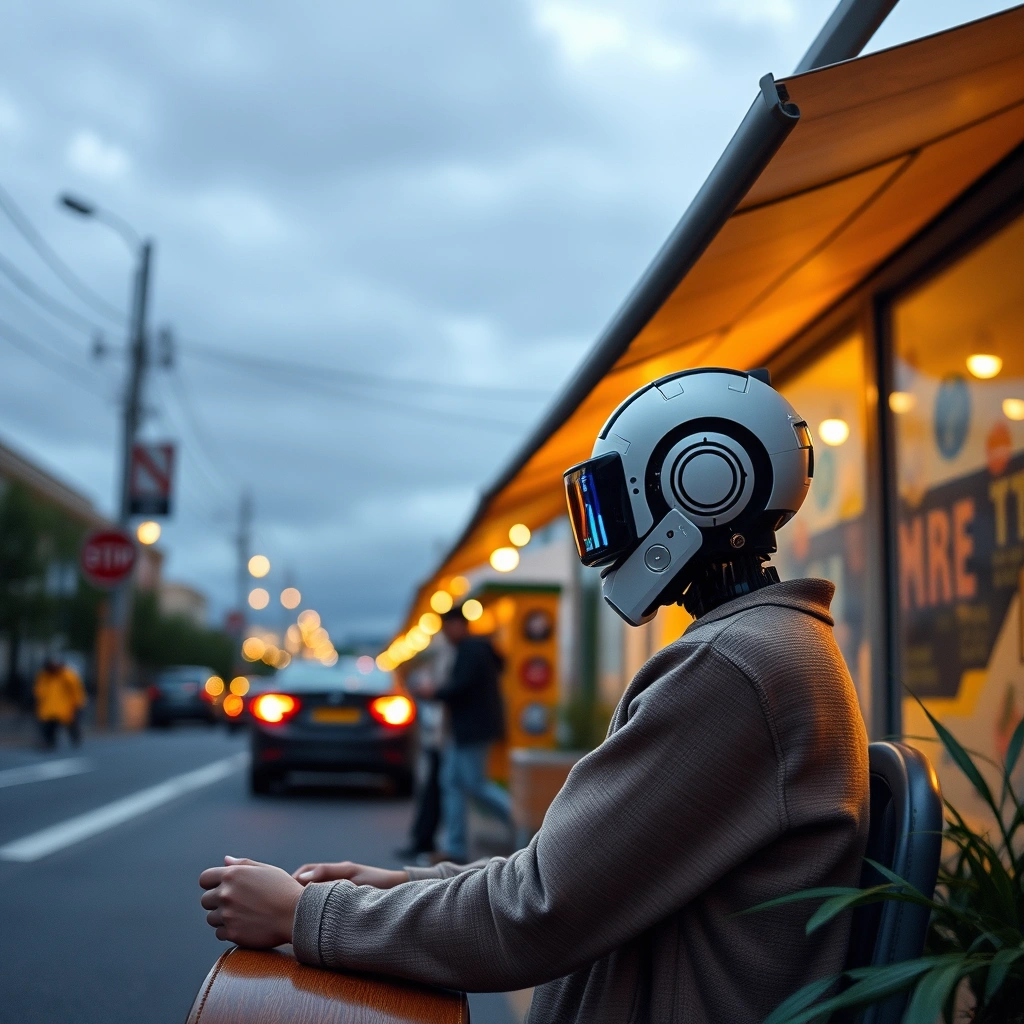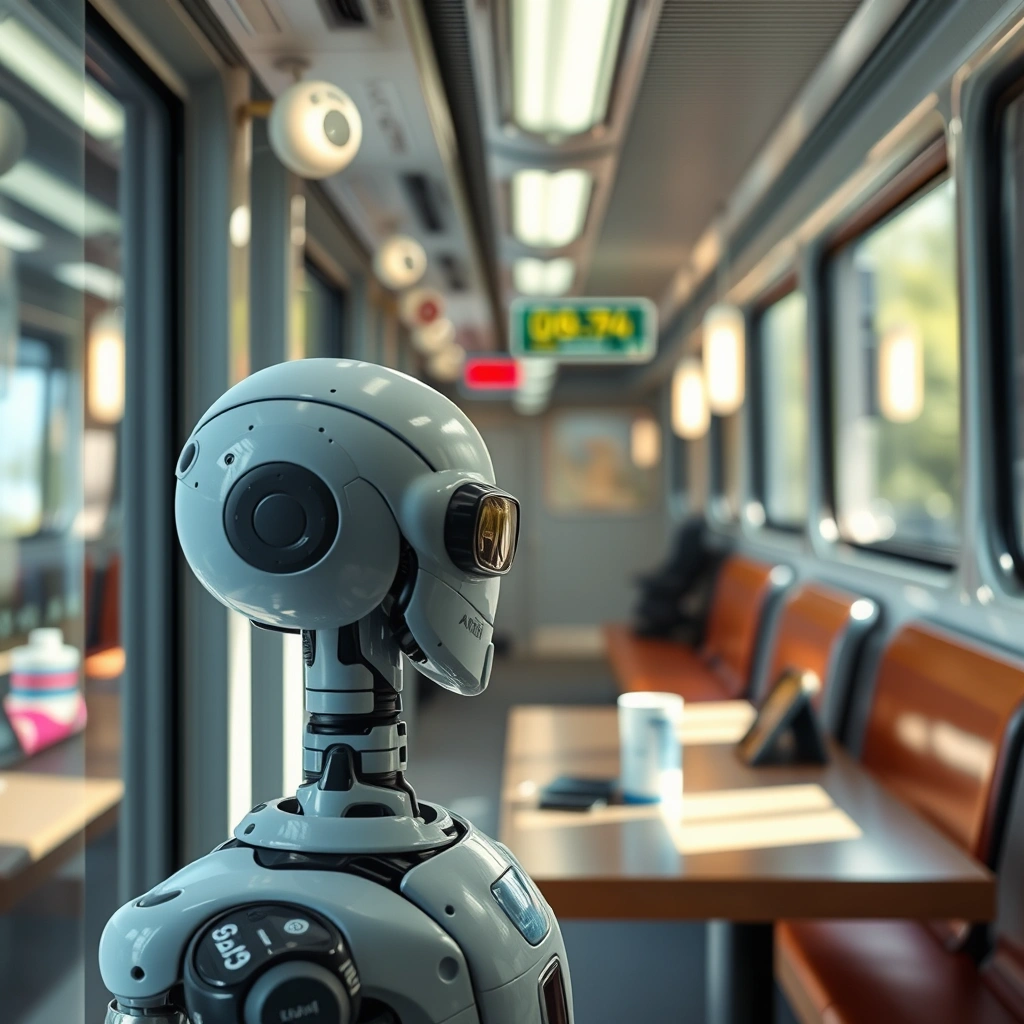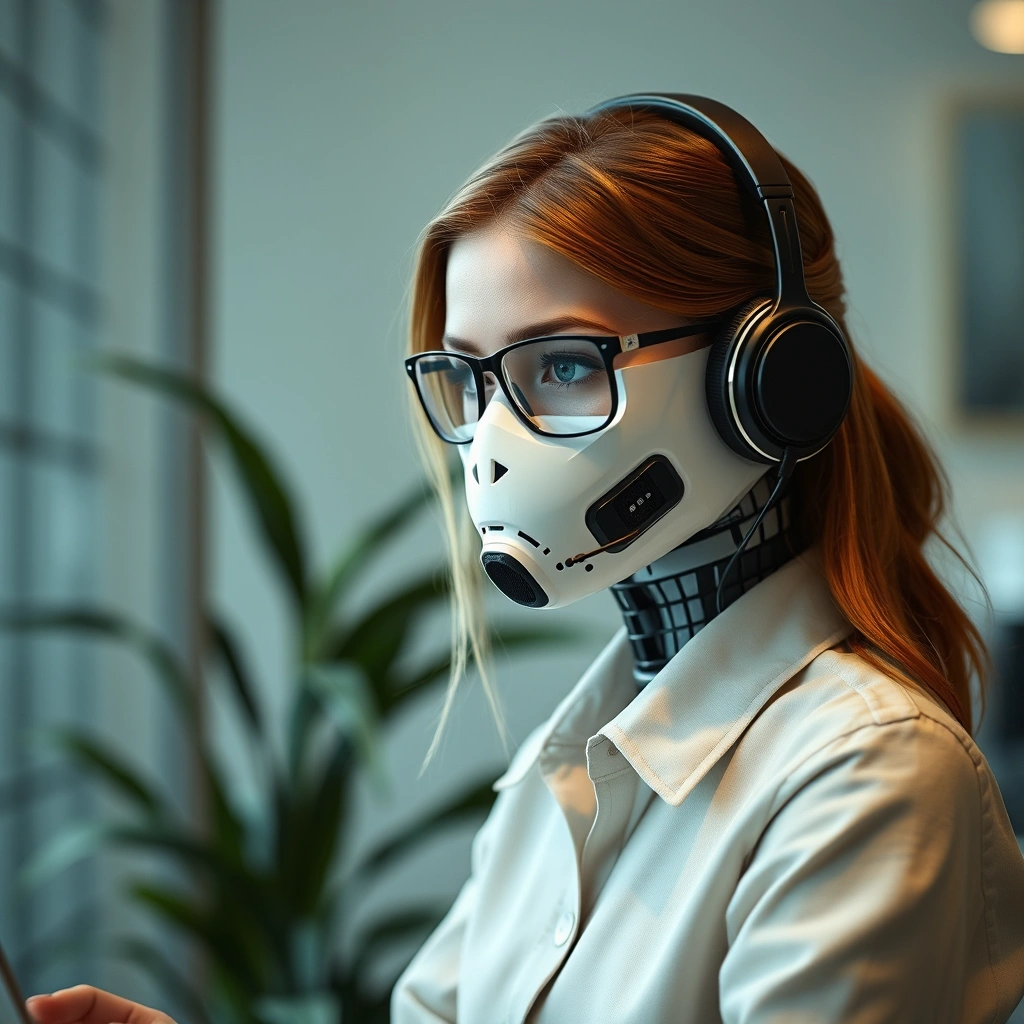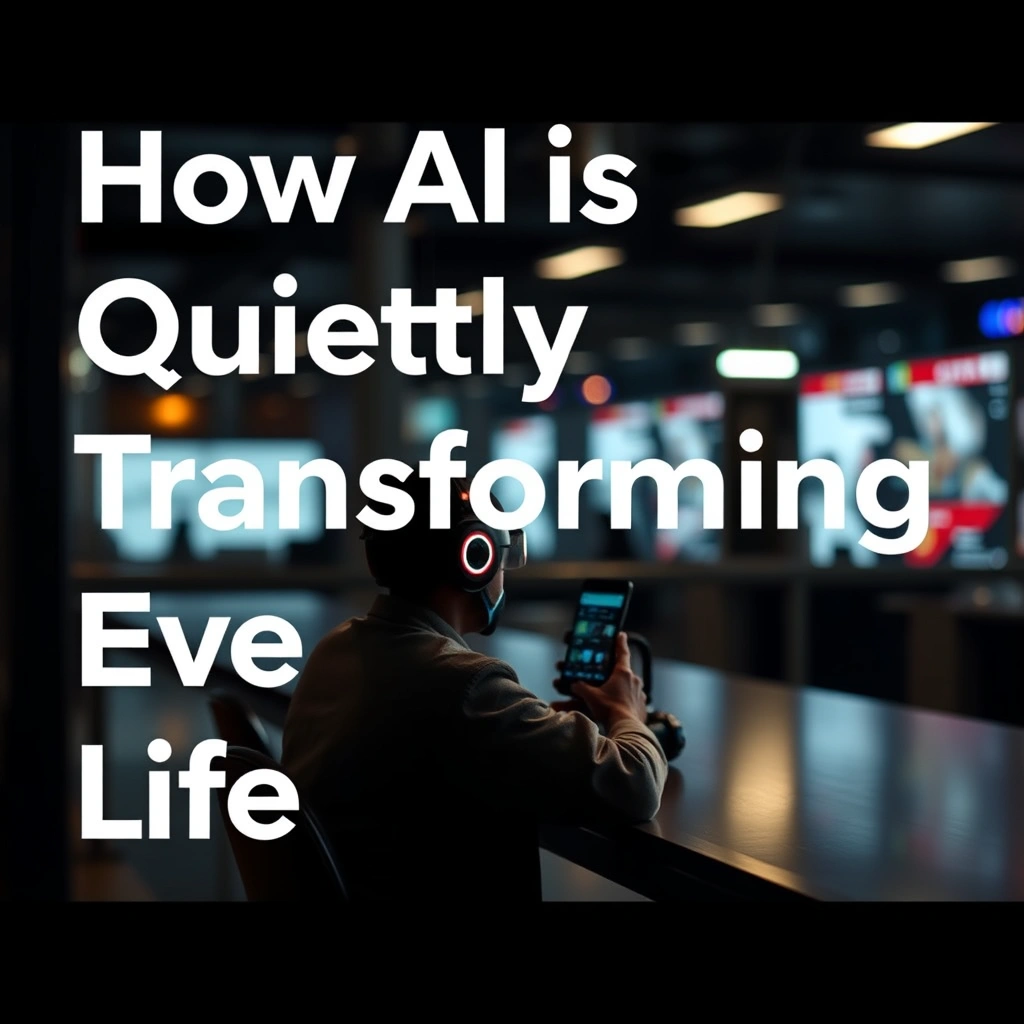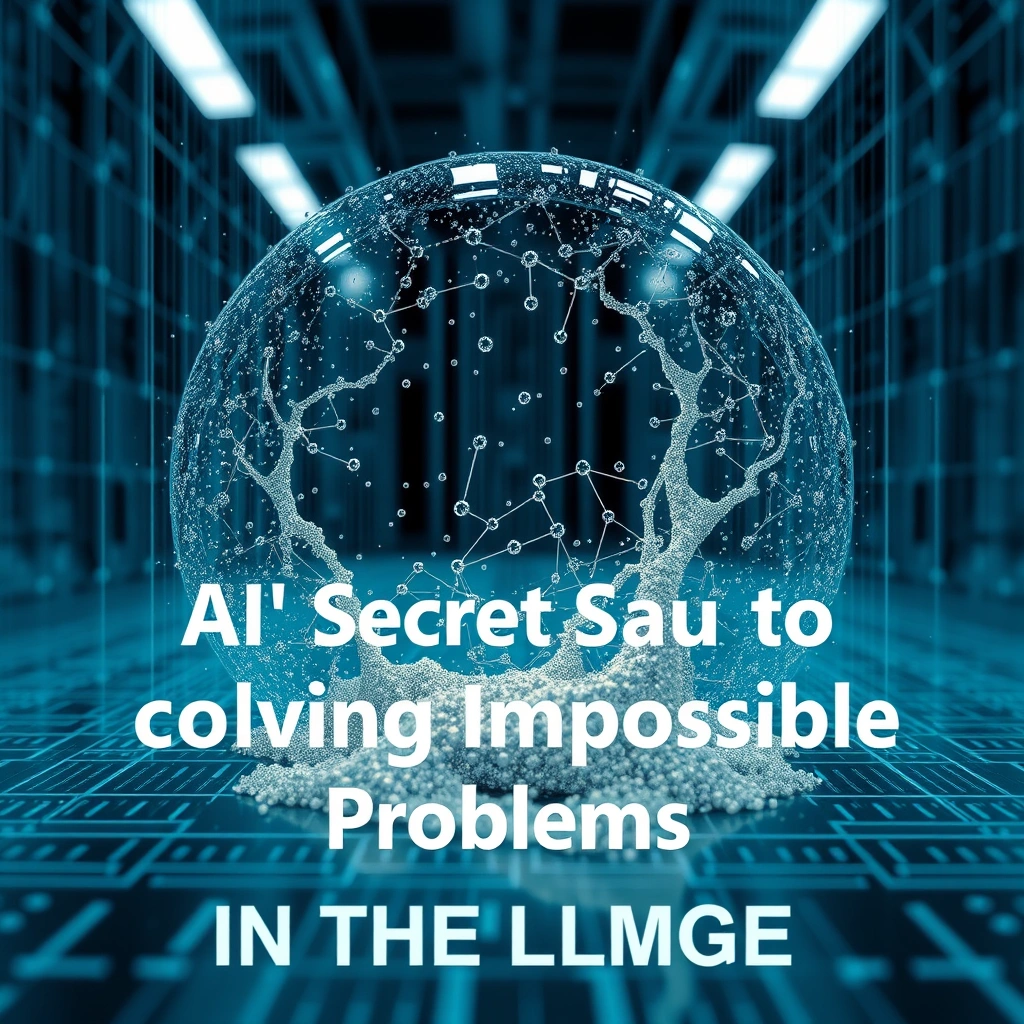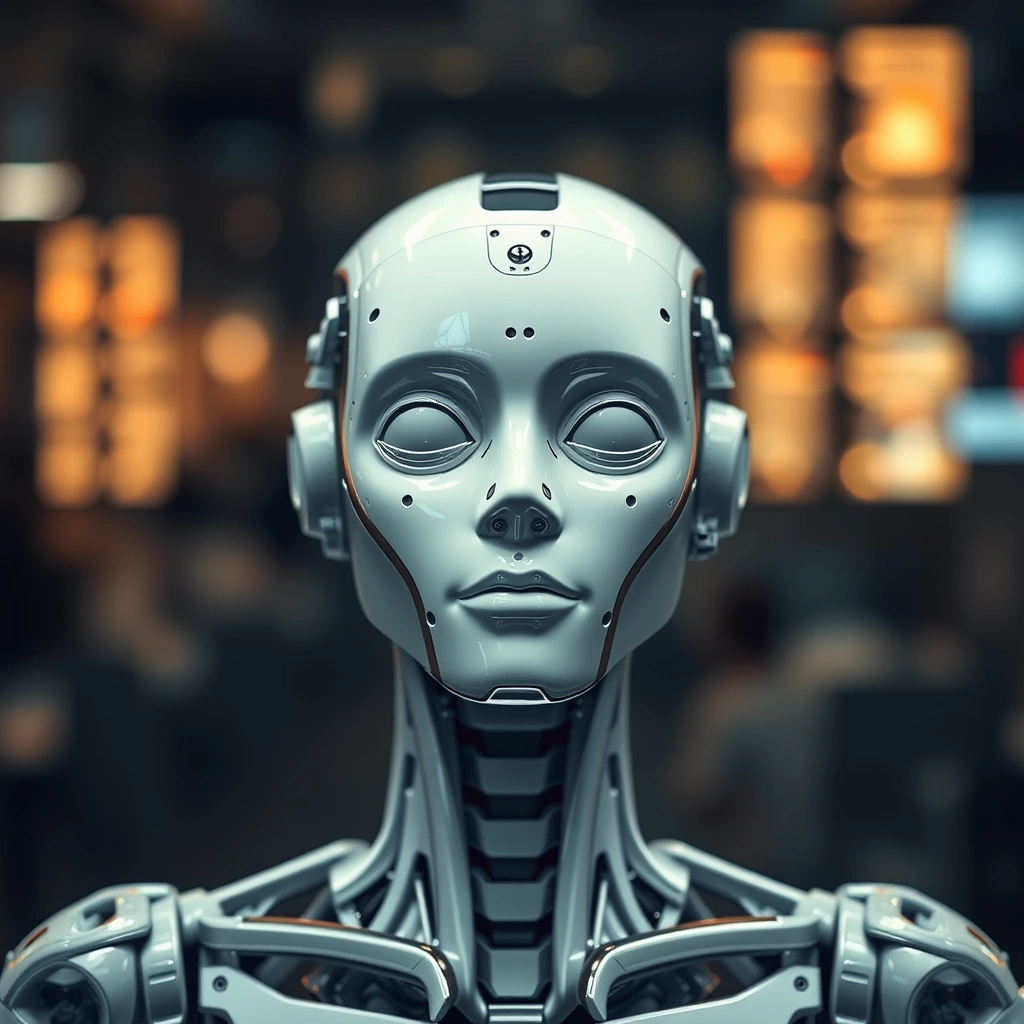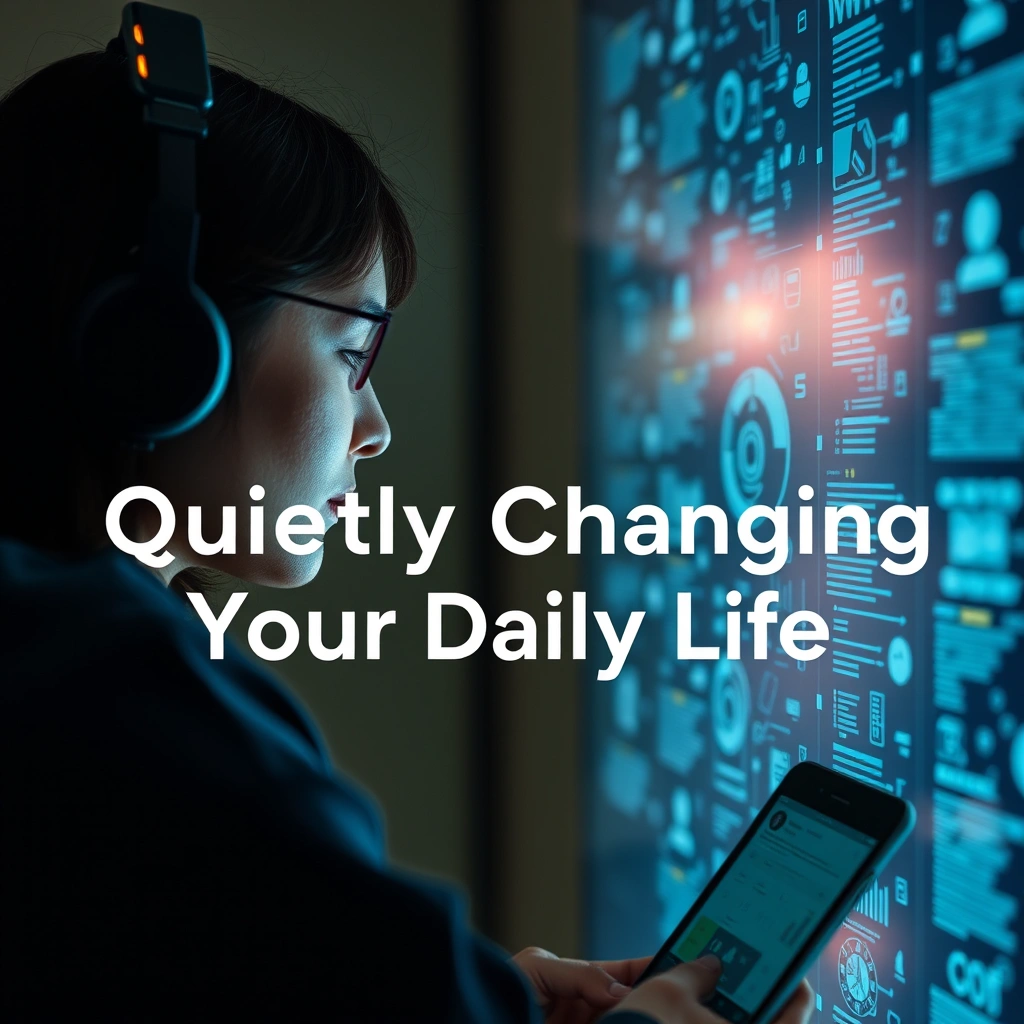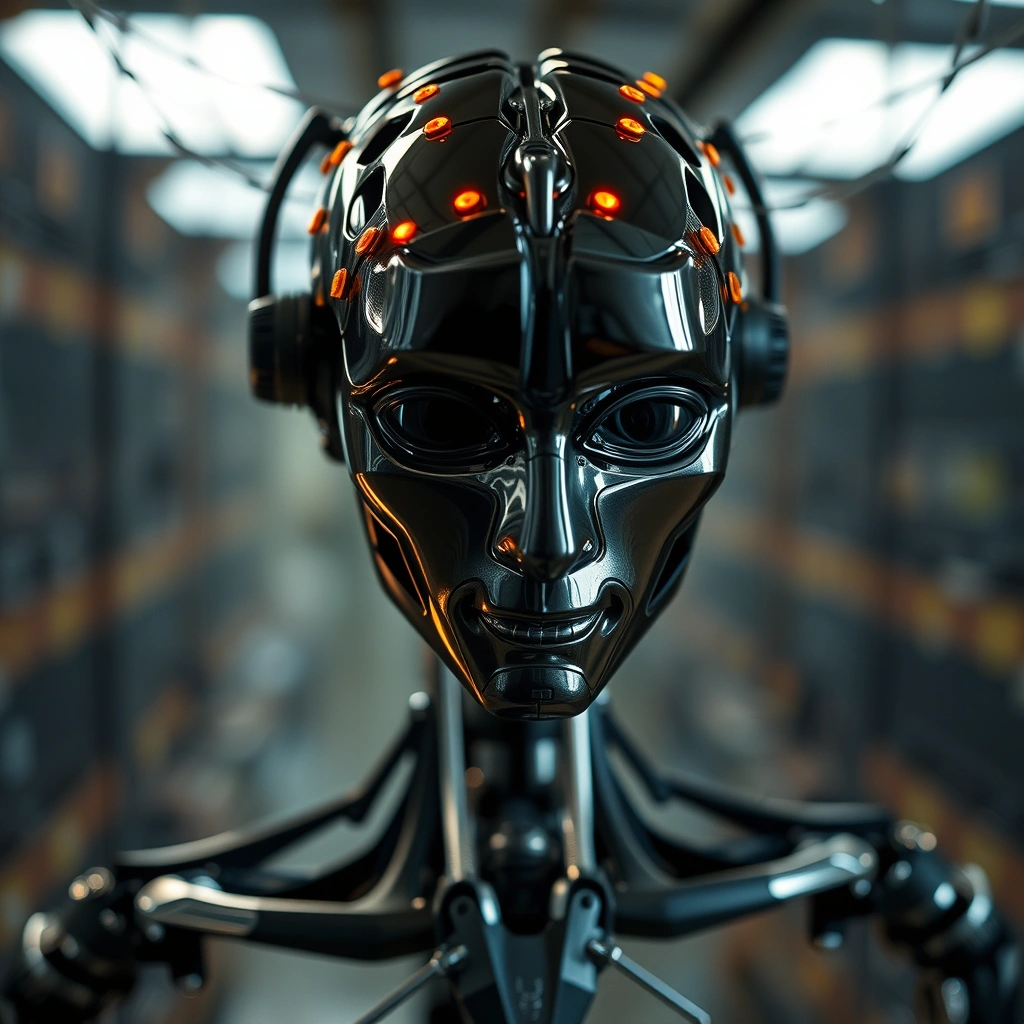The Subtle Revolution: Everyday Interactions Transformed by AI
Every day, artificial intelligence is weaving itself deeper into the fabric of our daily routines—often in ways so seamless that we barely notice the transformation. Whether you’re scrolling through your favorite social media feed, requesting a song on a smart speaker, or using your phone’s map to dodge traffic, AI is there, operating quietly in the background. The AI impact isn’t dramatic or flashy; instead, it’s a subtle force that’s reshaping how we work, communicate, navigate, and make decisions. As AI technologies continue to evolve, understanding their role in our lives becomes essential. Let’s explore the many ways AI is quietly changing everyday life, enhancing convenience, personalization, and efficiency without us even realizing it.
AI at Home: Convenience, Comfort, and Security
Artificial intelligence is now an invisible but indispensable presence in many homes, making daily routines easier, safer, and more enjoyable.
Smart Home Devices and Virtual Assistants
The rise of smart home devices—and their intelligent orchestration—is one of the most obvious examples of the AI impact on domestic life. These systems do much more than respond to voice commands:
– Smart speakers manage shopping lists, set reminders, and answer queries on the fly.
– Thermostats learn your patterns, adjusting heating and cooling to save energy and maximize comfort.
– Lighting systems tailor ambience to your preferences or mimic occupancy for security when you’re away.
For instance, platforms like Amazon Alexa and Google Assistant leverage sophisticated natural language processing to interpret requests and communicate with connected devices. The convenience extends to hands-free control, time-saving automations, and integrated routines.
Home Security and Surveillance
AI is transforming home security through proactive learning and real-time analysis:
– Security cameras use facial, object, and motion recognition to differentiate between family, pets, and potential intruders.
– Smart doorbells alert homeowners to package deliveries, visitors, or unexpected motion, with some systems offering two-way audio.
According to a 2022 survey by SafeHome, 71% of users said AI-powered security made them feel safer, a direct testament to the expanding AI impact in the home environment.
Seamless Digital Experiences: AI Under the Hood
Behind much of our daily digital activity lies advanced AI, working invisibly to enhance user experiences, efficiency, and relevance.
Personalized Content and Recommendation Engines
Every time you see a customized playlist, movie suggestion, or product ad, you’re encountering the AI impact in action. Streaming services (like Netflix and Spotify) and marketplaces (like Amazon) use machine learning algorithms to analyze your preferences and predict what you’ll enjoy next:
– Music and video platforms suggest content based on your listening and watching habits, as well as data from users with similar tastes.
– E-commerce sites curate product recommendations, special deals, and search results tailored individually for you.
These personalized experiences keep users engaged and help consumers discover products and media that might otherwise go unnoticed.
Social Media and AI Moderation
Major social networks use artificial intelligence extensively behind the scenes:
– AI-driven moderation tools identify hate speech, violent content, or misinformation, removing it long before most users encounter it.
– Custom newsfeeds prioritize posts and updates deemed most relevant, based on your interactions, likes, and network behavior.
A 2023 Meta report revealed that over 90% of harmful content on Facebook is detected and removed by AI before humans report it, highlighting the AI impact on digital safety and information integrity.
Work and Productivity: AI’s Invisible Workforce
AI isn’t just about entertainment and home convenience—it’s reshaping how we approach work and productivity, from back-office automation to practical decision support.
Smart Assistants and Workflow Automation
Many businesses and professionals now rely on AI-powered tools to streamline repetitive tasks:
– Virtual assistants schedule meetings, flag urgent emails, and provide reminders of critical deadlines.
– Workflow automation platforms connect apps and services, moving data between them without manual intervention.
For example, AI email filters separate high-priority messages from clutter, saving time and lowering stress. These silent helpers immediately boost productivity by handling busywork behind the scenes.
Decision Support and Predictive Analytics
AI-driven analytics platforms are increasingly embedded in business decision-making:
– Predictive systems can forecast sales trends, flag operational risks, and even optimize inventory levels.
– Customer support chatbots and self-service portals respond to FAQs, freeing staff for more complex, rewarding work.
According to Gartner, by 2025, nearly 75% of enterprises are expected to shift from piloting to operationalizing AI, illustrating the real-world AI impact on workplace efficiency and performance.
Personal Health and Wellness: Care at Your Fingertips
Health and wellness are vital to everyone. AI-powered solutions are bringing smarter care and better insights right into our homes and smartphones.
Wearables and Health Tracking
Fitness trackers and smartwatches use AI algorithms to provide meaningful feedback:
– Devices monitor everything from heart rate to sleep cycles, recommending adjustments for better health.
– Some wearables alert users about abnormal cardiac rhythms or encourage movement throughout the day.
For people with chronic conditions or those aiming for healthier lifestyles, these insights can be life-changing. According to Statista, the number of wearable users globally is projected to surpass 1.1 billion by 2024—a clear indication of the AI impact on personal wellness.
Telemedicine and Virtual Health Assistants
AI is also enhancing access to healthcare services:
– Symptom-checking chatbots provide preliminary assessments and suggest possible next steps in care.
– AI-powered platforms for telemedicine streamline appointment scheduling, triage, and even billing.
These technologies improve accessibility and efficiency in healthcare, especially for those in remote or underserved regions. For a deeper dive into how AI is improving doctor-patient relationships, check out this authoritative overview by the World Health Organization: https://www.who.int/publications/i/item/9789241550502.
Transportation: Navigating the World with AI
Mobility is at the heart of modern life, and AI is the unseen hand making travel safer, smoother, and more efficient.
Navigation and Traffic Management
Most of us use AI every time we open a map app or search for a local business:
– AI-driven navigation systems like Google Maps and Waze predict the fastest routes, factoring in real-time road conditions and crowdsourced incident reports.
– Smart traffic lights adjust timing based on flow, reducing congestion and emissions in major cities.
The result? Less time stuck in traffic and a more pleasant, predictable commute—hallmarks of the growing AI impact in transportation.
Self-Driving and Advanced Driver-Assistance Systems
Though fully autonomous vehicles are still emerging, many cars now feature AI-based safety and convenience functions:
– Lane departure warnings, adaptive cruise control, and collision avoidance systems use sensors and machine vision to help drivers avoid accidents.
– Ride-sharing apps match drivers and passengers efficiently, optimizing routes and pricing dynamically via AI-driven algorithms.
With advances continuing rapidly, the AI impact on how we move from place to place is only set to expand.
Education: Intelligent Learning for All Ages
AI is quietly reshaping how we learn, from kindergarten through lifelong skill development.
Adaptive Learning Platforms
Modern educational tools harness AI to tailor lessons and experiences:
– Adaptive software gauges student understanding, customizing topics and reviews based on performance.
– Instant feedback mechanisms help struggling learners focus on areas needing improvement.
EdTech platforms like Duolingo, Khan Academy, and Coursera all use AI to assess progress and adapt to individual learning speeds—a testament to the transformative AI impact in global education.
Classroom and Administrative Support
Educators also benefit from AI:
– Automated grading frees teachers’ time for personal instruction and lesson planning.
– AI-powered analytics identify students at risk of falling behind.
According to McKinsey, teachers spend up to 13 hours per week grading and administrative work—hours that AI can help reclaim for creative teaching.
AI Impact: What Does the Future Hold?
The AI impact goes far beyond mere convenience. As these technologies mature, they promise deeper changes to society, community, and the very fabric of daily life.
Privacy and Ethical Considerations
While AI brings remarkable benefits, it also raises critical questions:
– How are data privacy and digital ethics managed when so much personal information is processed?
– Who is accountable when algorithmic decisions affect jobs, access to services, or social mobility?
Transparent, responsible AI development is essential to ensure that this quiet revolution remains positive and empowering for all.
Empowerment and Inclusion
AI has the power to close gaps in access—to education, healthcare, and opportunity—particularly for marginalized communities:
– Language translation apps break down barriers, making services available in dozens of languages.
– Assistive technologies powered by AI help those with disabilities navigate the world more independently.
The challenge moving forward is ensuring these advances are distributed equitably and that everyone can share in the benefits of AI’s silent transformation.
Takeaways: Embracing the Quiet AI Revolution
We are living through one of the most transformative technological eras in history, with the AI impact touching everything from our homes to our workplaces and even our personal well-being. Artificial intelligence isn’t just reshaping industries; it’s making everyday life smoother, safer, and smarter—often in ways we hardly notice.
As you consider how AI is threaded through your own daily routine, ask yourself where its influence might help you save time, stay safe, or learn more effectively. Stay informed and proactive, exploring new tools and features as they become available.
For tips on how to make the most of this evolving landscape, or if you have questions about AI’s role in your life or business, feel free to reach out at khmuhtadin.com. Embrace the change—AI is here to amplify your everyday life in quiet but powerful ways.

